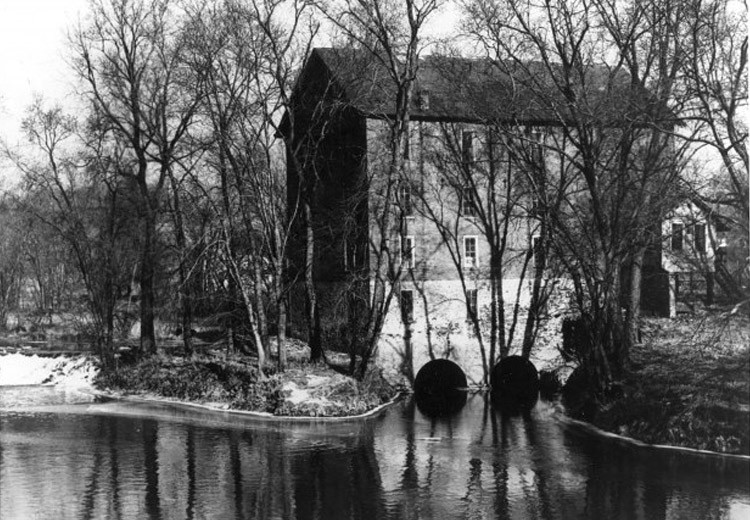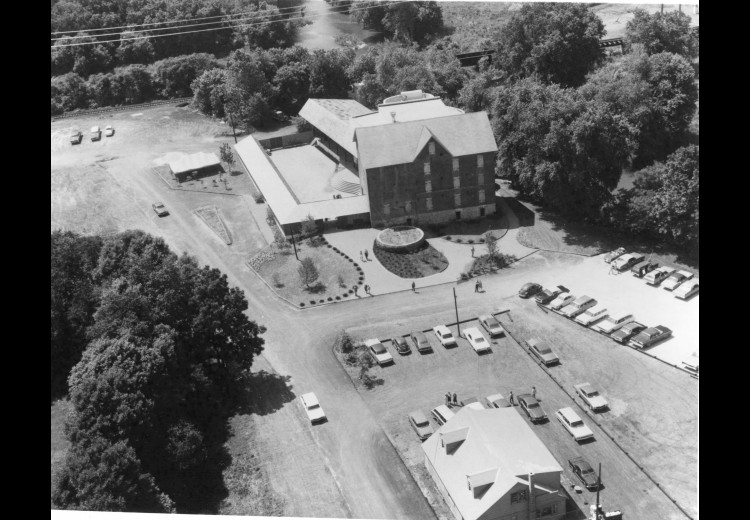In the mid-1960s, Chadds Ford, Pennsylvania—a rural community nestled in the historic Brandywine Valley—faced possible massive industrial development. The impact would have dramatically changed the character and future of this area. At the same time, and for decades thereafter, development proposed throughout the region, particularly in floodplain areas, threatened to devastate water supplies for numerous communities in southeastern Pennsylvania and northern Delaware, including the City of Wilmington.
Appreciating the need for rapid action, a group of local residents bought endangered land, known as Potts Meadow, and founded the Brandywine Conservancy in 1967.
Under co-founder George A. "Frolic" Weymouth’s leadership, the organization's first conservation easements were granted shortly after the organization's founding, protecting more than five and one-half miles along the Brandywine Creek, and a plan was soon launched to create a museum of American art on land near Potts Meadow. Today, the Conservancy holds more than 510 conservation easements and has protected over 70,200 acres from development in southeastern Pennsylvania and in northern Delaware.
As one of the oldest and most effective conservation organizations in the region, the Conservancy is a leading local and national advocate for responsible land use, open space preservation, and water protection. The Conservancy focuses on integrating conservation with economic development through its Land Stewardship and Municipal Assistance programs, and works with individuals; state, county and municipal governments; and private organizations to permanently protect and conserve natural, cultural, historic, and scenic resources.
In 1971, the Conservancy opened the Brandywine River Museum—now known as the Brandywine Museum of Art—in the renovated Hoffman’s Mill, a former gristmill built in 1864 that was part of the Conservancy’s first preservation efforts. The Museum has an international reputation for its unparalleled collection and its dedication to American art with primary emphasis on the art of the Brandywine region—especially that of the Wyeth family of artists—as well as American illustration, still life, landscape and Impressionism paintings, along with a growing body of work by contemporary artists.
Among the hundreds of artists represented are Howard Pyle; many students of Pyle who affected the course of American illustration; and N. C. Wyeth, Andrew Wyeth, and Jamie Wyeth. There is work by hundreds of famous illustrators. Landscape, still life, portrait and genre painting includes work by Benjamin West, Gilbert Stuart, Jessie Wilcox Smith, Asher Durand, W. T. Richards, William Harnett, John Haberle, J. D. Chalfant, Horace Pippin, and many others, while the major still life collection includes paintings by William Harnett, John Peto, George Cope, John Haberle, Horace Pippin, and many more artists. More than 300 special exhibitions have been shown in the Museum’s six galleries, along with constant installations of work from the collection. A variety of educational programs is offered throughout the year.
The Brandywine Conservancy & Museum of Art has thousands of members throughout the region and the nation. More than 300 volunteers work as docents in the Museum, as gardeners in the native plant gardens that surround the Brandywine’s buildings, and in other capacities throughout the Brandywine.
In 2008, the Brandywine Conservancy was one of the first conservation organizations awarded accreditation by the Land Trust Accreditation Commission. The award is an affirmation of careful management and effective environmental programs. In the same year, the Brandywine Museum of Art received accreditation from the American Association of Museums for the fourth time. The Brandywine has always maintained the highest professional standards, a commitment to excellence, public accountability, sound financial management, innovation, and growth of public services.

